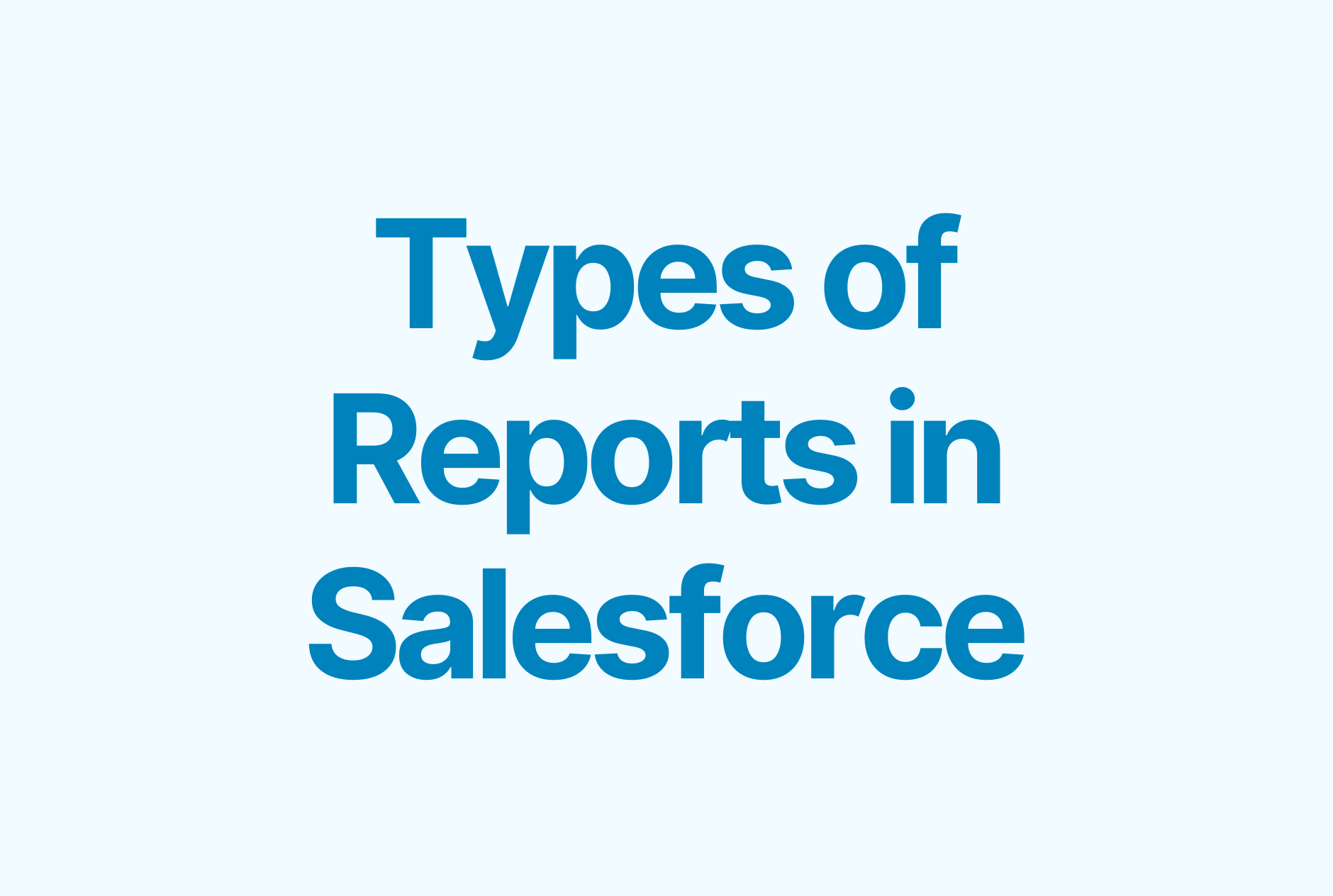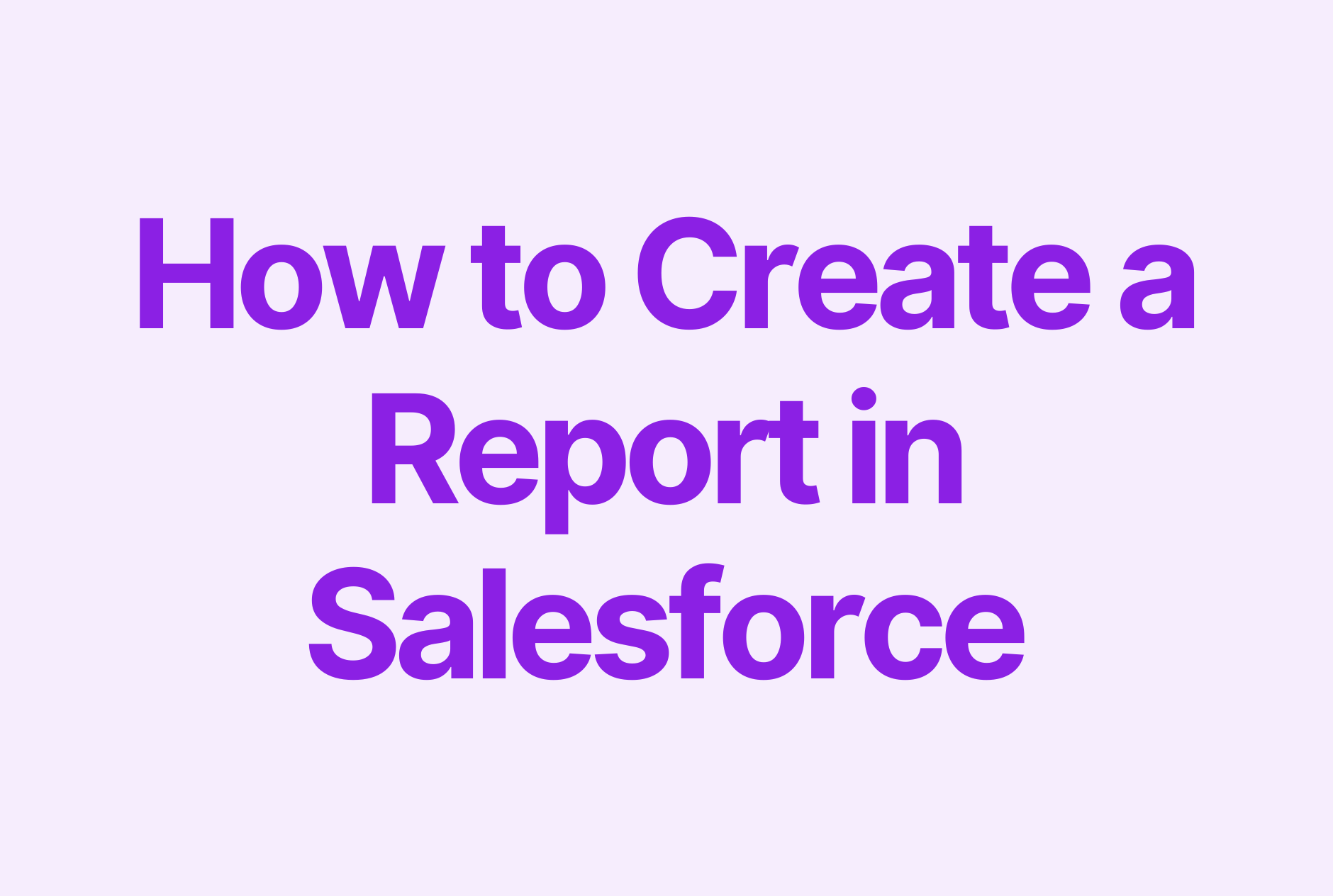The Best Way to Integrate Salesforce with Gmail

McKinsey & Company estimates that salespeople spend up to 28% of their time on email and calendars.
So it makes sense not only to deliver Salesforce data to the location where reps spend their time, but also allow them to sync data back to SFDC.
With that, keeping track of your emails and automatically syncing Salesforce with Gmail is the right step to increase sales efficiency, improve Salesforce data hygiene. and step up your pipeline management.
In this article, we'll walk you through the different ways of integrating Gmail with Salesforce (using the traditional, cumbersome way) and show you a smarter & better way to do it.
Let’s dive in!
How to integrate Salesforce with Gmail
There are a few different options for Salesforce Gmail integration:
Salesforce Gmail integration allows users to connect their Gmail account to their Salesforce account, allowing them to access Salesforce data and functionality directly from their Gmail interface.
Salesforce Inbox is a separate tool that is designed to help sales reps work more efficiently by providing them with Salesforce data and functionality directly within their email inbox.
Einstein Activity Capture is a feature that automatically logs emails and calendar events from an email account (e.g., Gmail) to the corresponding Salesforce record, eliminating the need for manual data entry.
The main difference between these three is that Salesforce Gmail integration and Salesforce Inbox are both designed to providing users with Salesforce data and functionality within their email interface, while Einstein Activity Capture focuses on automating data entry.
Let’s explore each solution with their advantages and limitations.
1. Salesforce Gmail Integration
The Salesforce Gmail integration tool can be simply described as a connector between Salesforce and Gmail.
When an email is received or searched, the connector displays Salesforce contact information, including related objects, such as Accounts, Opportunities, and Activities.
It allows you to attach email messages or calendar items to Salesforce and create leads and contacts directly from your inbox and calendar.
Additionally, you can use Salesforce Email Templates to compose or reply to messages.
Limitations of the Salesforce Gmail integration
The Salesforce Gmail integration requires the unproductive, manual logging of emails to Salesforce: for every email, users need a bunch of clicks to get it done.
To log an email, users have to click on the Salesforce icon, click on 'Log Email', select the contacts manually, save, and close the Salesforce panel again. Multiply this by the hundreds of emails reps send and receive over the week, and you get how inefficient (and error-prone) this is.
Also, the integration tends to take up a lot of screen space and sometimes requires users to log in over and over, which can be annoying.
2. Salesforce Inbox
Another way to integrate Gmail with Salesforce is through the Salesforce Inbox, which can be use as an 'add-on' to the normal Salesforce Gmail integration.
The Salesforce inbox license unlocks additional, Inbox-specific features and functionalities in the Gmail integration.
Specifically, the Salesforce inbox allows you to:
- Add available times for meetings
- Schedule emails to send at some later time
- Track email opens and link clicks
- Access the inbox mobile app
Limitations of Salesforce Inbox
Unfortunately, Salesforce inbox for Gmail is only compatible with Google Chrome. While this is quite likely for most organizations that use Gmail anyway, this can still be a blocker for individuals (or even entire orgs).
Also, Salesforce Inbox costs an additional $25 per user per month, which comes on top of your regular Salesforce subscription.
Lastly, as it's added on to the Gmail integration, it also takes over its general limitations, too. That is, your reps are still required to perform lots of manual work to log emails.
3. Einstein Activity Capture (EAC)
Einstein Activity Capture is an additional Salesforce tool that automatically tracks and logs emails, calendar events, and tasks in Salesforce without manual entry.
Also, Einstein Activity Capture allows you to see activity metrics and provides your with email insights as aprt of the Activities Dashboard.
Einstein Activity Capture also helps you to see a complete history of interactions with a customer or prospect, including emails, calendar events, and social media interactions. It makes it easy for users to access relevant information and provides a complete picture of customer interactions.
In addition, Einstein Activity Capture also includes a feature that allows you to set up custom rules and filters, and to automatically categorize and assign interactions to relevant Salesforce records.
Limitations of Einstein Activity Capture
Although Einstein Activity Capture is a first step to automate the Salesforce <> Gmail sync, there are some major limitations you should be aware of.
1. The Sales Activity data is not reportable by default. To get metrics and analytics for EAC, you need to get the paid version, which amounts to $50 per user per month.
2. You don’t own the data as all activities tracked by Einstein Activity Capture are stored externally. Also, the data is only available for 2 years before it is removed.
3. High risk of data loss: as a potential deal breaker, all captured activities will be removed from the Salesforce record timeline once you decide to deactivate Einstein Activity Capture.
A better way to integrate Gmail with Salesforce
Looking for an easy way to get all the limitations of Salesforce's Gmail tools out of the way?
Weflow provides an easy, efficient, and fast way to integrate and sync activities with Salesforce.
It's a powerful sales efficiency tool that helps sales teams automate tedious tasks, such as email logging, activity tracking, and note-taking.
With Weflow you can (1) set up the Salesforce <> Gmail integration in no time and (2) circumvent the limitations of Salesforce's Gmail tools.
Here is why you should consider Weflow over the Salesforce Gmail integration, Salesforce inbox, and Einstein Activity Capture:
1. Reportability
Unlike Salesforce's solutions, the captured activity data (like emails) are reportable - both in Weflow and Salesforce. This helps your sales team to track how deals are moving in the pipeline and identify possible deal risks.
2. Keep your data (under control)
Want to deinstall Weflow (if you ever want to do so)? Don't worry - all activities stay in your Salesforce instance, forever (or until you decide to remove them).
With Einstein Activity Capture, you lose your data once your decide to remove it since activities are stored on external AWS servers. Beyond, EAC only stores your data for 2 years. The activites captured with Weflow stay in Salesforce for as long as you want it to.
3. Sync automatically, while staying flexible
Weflow allows you to sync emails (and other activites, like meetings), automatically. However, for every email, you can still decide how to log it, in an efficient way. No need to tug your finger when deciding for whom and what to log.
4. No delays
Syncing and logging activities in Salesforce with Weflow is fast. Updates are instant.
Setting up the Salesforce Gmail integration with Weflow
Get ready for the best Salesforce <> Gmail integration ever. With Weflow, you will sync your Gmail and Google Calendar in less than a minute.
Step #1.
Get the Weflow Chrome Extension and sign in to Weflow using Salesforce Single-Sign On.
In case you're not logged in to Salesforde yet, just enter your Salesforce credentials in the Salesforce SSO pop-up. That’s it.
Not using Chrome?
Email logging with Weflow is also possible without the Chrome Extension.
In this case, users can use the Weflow web app to connect their Gmail account to Salesforce. Just follow the steps in below'svideo, starting at 1:22.
Step #2.
Watch this short video to quickly set up the integration:
And the integration is done!














